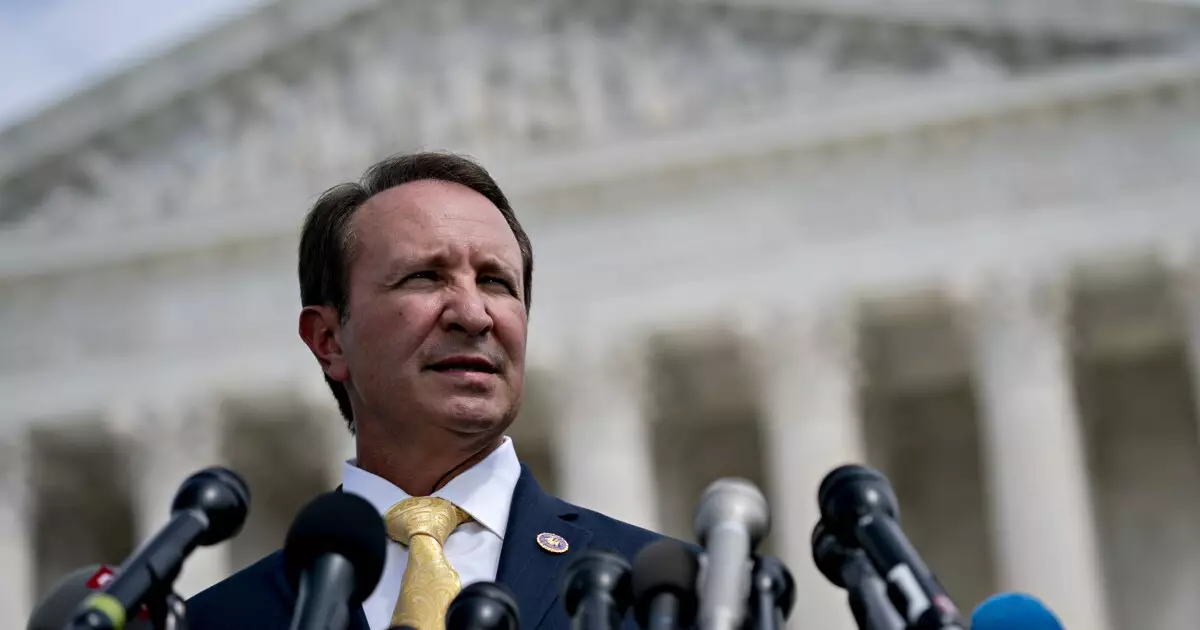As Louisiana navigates the complexities of its fiscal landscape, recent tax reforms have sparked discussions among financial analysts and state officials about their potential impact on the state’s budget for the upcoming fiscal year. The combined insight from prominent credit rating agencies—including Fitch Ratings, Moody’s, and S&P Global Ratings—indicates a shift in the state’s revenue generation strategies designed to address an estimated budget deficit. This article delves into the implications of these tax changes, the projections for future revenues, and the broader economic contexts influencing Louisiana’s financial stability.
Tax Changes and Revenue Outlook
The Louisiana government’s recent adjustments to its tax code have been initiated to tackle a projected deficit that could exceed $587 million. Eric Kim, the U.S. states ratings head at Fitch Ratings, cautions that revenue projections derived from such significant tax modifications may not consistently meet expectations. This sentiment underscores a recurring theme in state financial assessments: the unpredictable nature of revenue forecasting, particularly in the wake of major tax reforms.
In alignment with the newly implemented tax policies, the state’s Revenue Estimating Conference revised fiscal year 2026 revenue estimates, raising the projection from $11.704 billion to $12.151 billion. Denise Rappmund, a senior analyst at Moody’s, feels optimistic, stating that these projected revenues, when paired with expected expenditure reductions, could effectively cover the looming deficit. Yet historical precedents from states like Ohio and Arizona serve as warning signs; previous discrepancies between projected and actual revenues following tax reforms have created fiscal strain.
The immediate effects of the sales tax hike, effective January 1, promise to offer quicker financial returns compared to other tax alterations. As noted by Rappmund, sales tax revenues were already declining prior to the changes. This decline necessitates a close observation of the updated tax mechanisms intended to revitalize revenue streams. While there is an inherent risk in overestimating anticipated revenues, the introduction of a higher sales tax rate, along with a broader tax base, sets a foundation for a potential revenue increase starting in fiscal 2026—beginning July 1, 2025.
A crucial consideration in this equation is the balance of projected revenues against actual cash receipts. Rob Marker of S&P has indicated that the upward revision for fiscal 2026, while modest, presents a cautiously optimistic scenario. Moreover, Louisiana’s financial framework supports fiscal discipline, granting the governor the authority to implement budget cuts swiftly should actual revenues fall short. This capability is reinforced by constitutional mandates requiring balanced budgets, effectively promoting financial resilience.
External Influences and Future Considerations
Despite these optimistic projections, looming concerns about federal Medicaid spending and its implications for Louisiana’s high enrollment rate necessitate vigilance from state officials. Many of the state’s expenditures are closely tied to federal support, making fluctuations in Medicaid funding a critical area of concern for future fiscal health.
Additionally, the backdrop of potential federal tariff policies poses another layer of complexity. The economic implications stemming from tariffs on imports could constrain Louisiana’s export activities, evidencing how interconnected state economies are with national policies. Such external variables can have far-reaching effects on state revenues, thus compounding the challenges posed by internal budgetary adjustments.
In a bid to enhance the state’s economic prospects, state officials are actively engaging with credit rating agencies to pursue an upgrade in Louisiana’s general obligation (GO) bond rating. According to State Debt Officer Jessica Munoz, this upgrade could alter the state’s financial standing, enabling more favorable borrowing terms that could ultimately lead to enhanced public investment.
As stakeholders look ahead, the systematic approach of delaying $300 million annual transfers from the general fund to the transportation fund aims to ensure immediate budgetary balance, with long-term goals of reinstating those funds as fiscal conditions improve. This strategic maneuver reflects well on the state’s adaptability within its fiscal management frameworks.
Louisiana’s landscape is evolving amid significant tax reforms intended to combat a substantial budget deficit. While rating agencies acknowledge the potential improvements these reforms present, historical inconsistencies in revenue expectations remind stakeholders to proceed with caution. By focusing on disciplined fiscal policies and remaining responsive to external market dynamics, Louisiana is taking essential steps toward sustaining its financial health and promoting economic growth. However, cooperative monitoring of both internal fiscal strategies and external economic signals will remain pivotal to ensuring the state navigates successfully through the fiscal turbulence that lies ahead.


Leave a Reply